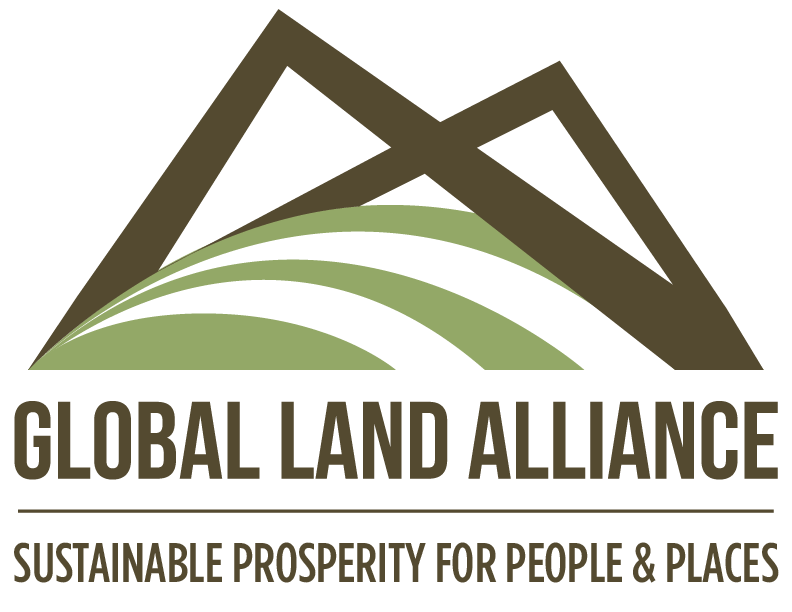Publication of "Securing Forest Tenure Rights for Rural Development Forest Tenure Assessment Tool and User Guide.”
This Forest Tenure Assessment Tool (FTAT) and User Guide was produced by the World Bank’s Securing Forest Tenure for Rural Development program led by Gerardo Segura Warnholtz. The program has been implemented through a partnership with the Global Land Alliance. The tool has been prepared by Gerardo Segura Warnholtz, Malcolm Childress and Jenny Springer, with inputs from Naysa Ahuja, Nalin Kishor and Logan Sander.
Introduction to the Report
The Forest Tenure Assessment Tool (FTAT) and User Guide consists of an integrated set of methodologies and guidelines for assessing both why it is important to secure community-based forest tenure in a specific national or sub-national context, and what needs to be done to strengthen forest tenure in that context. It is a companion piece to the Analytical Framework (AF1), developed during phase one of the Securing Forest Tenure Rights for Rural Development initiative (published by the World Bank in 2019). The AF highlights the relevance of secure community based forest tenure to Sustainable Development Goals (SDG), and presents a set of key elements derived from evidence and best practice in securing community forest tenure. Together, application of these instruments is intended to provide the policy rationale and a roadmap to help countries strengthen community-based forest tenure and contribute to achieving SDG in forest landscapes.
Community-based forest tenure is important because tenure security is key in achieving a range of SDGs. As highlighted in the AF, tenure security both underpins positive development outcomes in forest areas and ensures against negative impacts from land-based investment and other interventions. While many countries have implemented forest tenure reforms, research consistently points to gaps in the effective realization of tenure security. An assessment enables stakeholders to:
· understand the links between forest tenure security and related development goals in specific contexts;
· identify the strengths and weaknesses of current tenure frameworks, capacities and implementation processes of rights to land in some countries does not automatically convey rights to trees or other resources on the land. Conversely, forestry laws recognizing rights to forests may not encompass rights to land;
· build consensus around actions that are needed to strengthen tenure security.
One part of the assessment methodology presented here asks, why forest tenure reform? It focuses on consolidating country-specific evidence of the linkages between community-based forest tenure security and several, particularly relevant SDG. The methodology involves exploring opportunities to achieve development goals by strengthening tenure security, as well as risks to the achievement of development outcomes where tenure is insecure.
This part of the methodology is aimed at developing policy rationales for dialogue with high-level decision-makers in governments and the World Bank. Potential government audiences for this work include ministers and deputy ministers with policy and public investment portfolios related to natural resource management, agriculture, poverty reduction, social protection and human rights. Other target audiences include senior Bank management (e.g., country directors, global directors) and other rural development donors. These audiences require assessment results that enable them to understand the inter-sectoral linkages of forest tenure with other sustainable development priorities and assign priority to policy and investment proposals.
A second part of the methodology presented here examines how to secure collective forest tenure, and focuses on assessing the current status of community tenure security in forest areas. The objective is to enable participatory diagnostic assessments of the strengths and weaknesses of current land and forest tenure frameworks, capacities and implementation processes. In particular, it focuses on the extent to which key elements for securing and protecting the land and forest tenure rights of indigenous peoples and local communities (IPLC) (as identified in the AF) are, or are not, in place. This assessment is primarily intended to support the efforts of tenure stakeholders and practitioners to inform and promote practical actions to strengthen tenure related policies and their effective implementation and enforcement. It also responds to particular needs identified by World Bank Group staff to enhance responses to tenure-related challenges in Bank supported projects and initiatives. This part of the methodology uses a set of indicators to organize the assessment and document the results. In addition to supporting systematic assessments, the use of indicators allows for comparisons across countries to identify common challenges and provide a basis for sharing good practice solutions.
This assessment tool is designed for anyone interested in understanding and strengthening community-based tenure security in forest landscapes in any country or region. This work responds to particular needs identified by the World Bank. Users of the tool may include not only Bank staff, but also governments and other local stakeholders, including IPLC organizations, NGOs and donors. As discussed below, for any sponsor of the assessment, this tool emphasizes a participatory process that engages key rights-holders, stakeholders and decision-makers. This approach is grounded in the recognition that accurate understanding and successful reforms require inputs from multiple perspectives, as well as a process that promotes dialogue and the building of consensus and positive momentum (Kishor and Rosenbaum 2012). A central element of this participatory methodology is a validation process based on multi-stakeholder events that enable key actors to come together and build a common understanding of strengths, weaknesses and opportunities for change.
